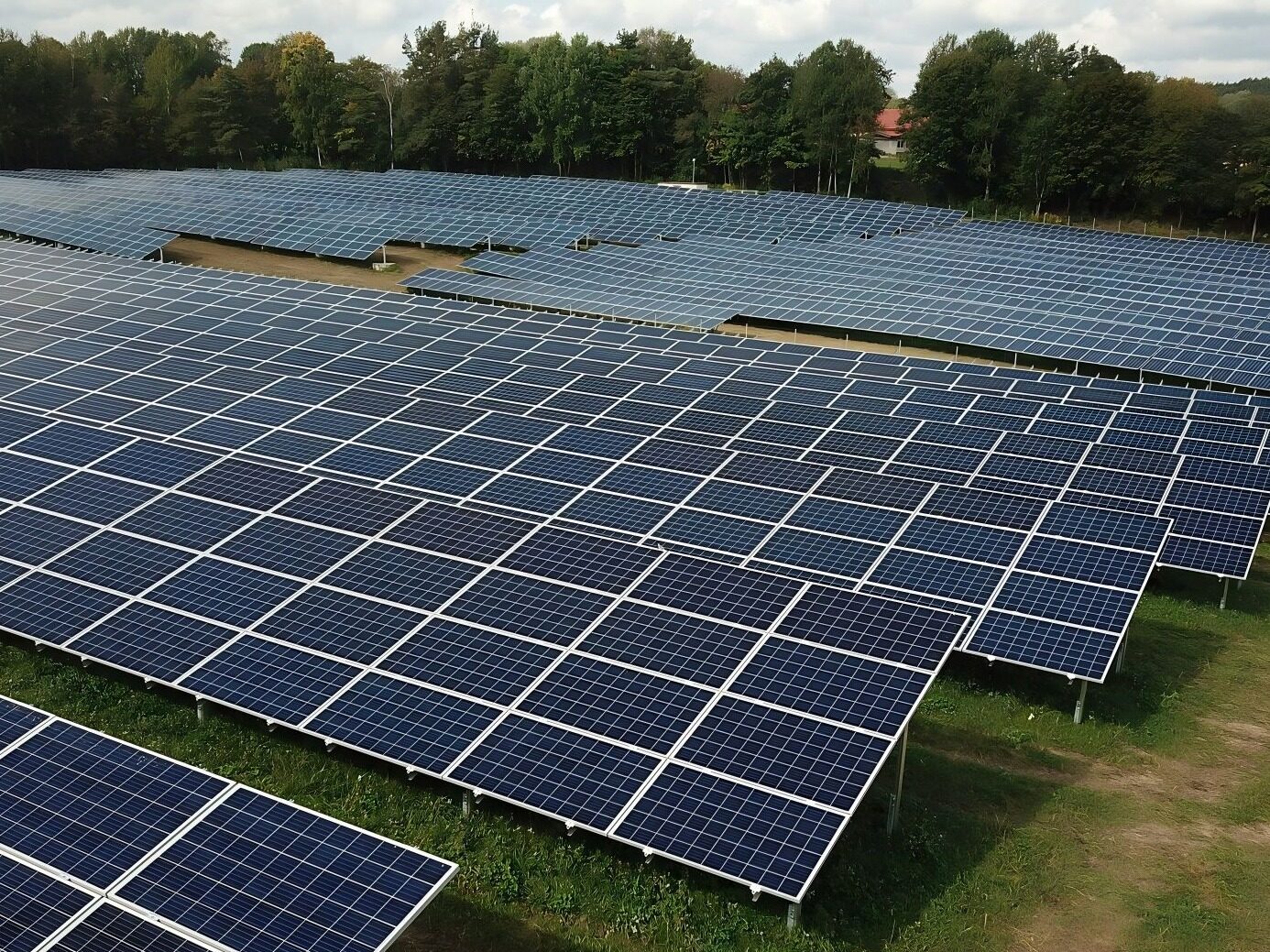- Xinjiang is rich in solar energy resources, and the photovoltaic industry has developed rapidly in Xinjiang
- Xinjiang has huge potential for solar energy development, and the gradual expansion of solar energy resources will open a new horizon for Xinjiang's energy development
Desert into a new energy mecca, China's Xinjiang solar energy industry development shows a blowout trend. Taking the State Power Investment Luopu photovoltaic power Station as an example, it is estimated that the annual electricity generation is 600 million KWH, which can save about 227,000 tons of standard coal every year, and reduce carbon dioxide emissions of about 585,000 tons, nitrogen oxide emissions of about 0.39 million tons and sulfur dioxide emissions of about 0.1,300 tons. The state's investment in the new energy industry in Xinjiang has also brought a large number of job opportunities for local ethnic minorities.

Xinjiang has a special geographical location and huge energy resources. It is rich in not only coal, oil and natural gas, but also solar energy, geothermal energy and wind energy. The onshore wind energy resources in Xinjiang account for 37% of the national wind energy resources. Wind energy is an important clean energy source. It is necessary to increase the installation of wind power generation equipment in Xinjiang, increase the scale of wind power generation, and draw on international wind power generation technologies to provide energy support for Xinjiang's economic development.
Xinjiang is also rich in solar energy resources, and the photovoltaic industry has been developing rapidly in Xinjiang, but the scale of development is not very large. Xinjiang has huge potential for solar energy development, and the gradual expansion of solar energy resources will open a new horizon for Xinjiang's energy development. The effective development of new energy in Xinjiang will obtain huge high-quality energy resources, which can not only ensure adequate energy supply in Xinjiang, but also improve the efficiency of energy utilization in Xinjiang, reduce environmental pollution, and ensure the sustainable and stable development of Xinjiang's economy. Editor/Xu Shengpeng
Comment
 Praise
Praise
 Collect
Collect
 Comment
Comment
 Search
Search














Write something~